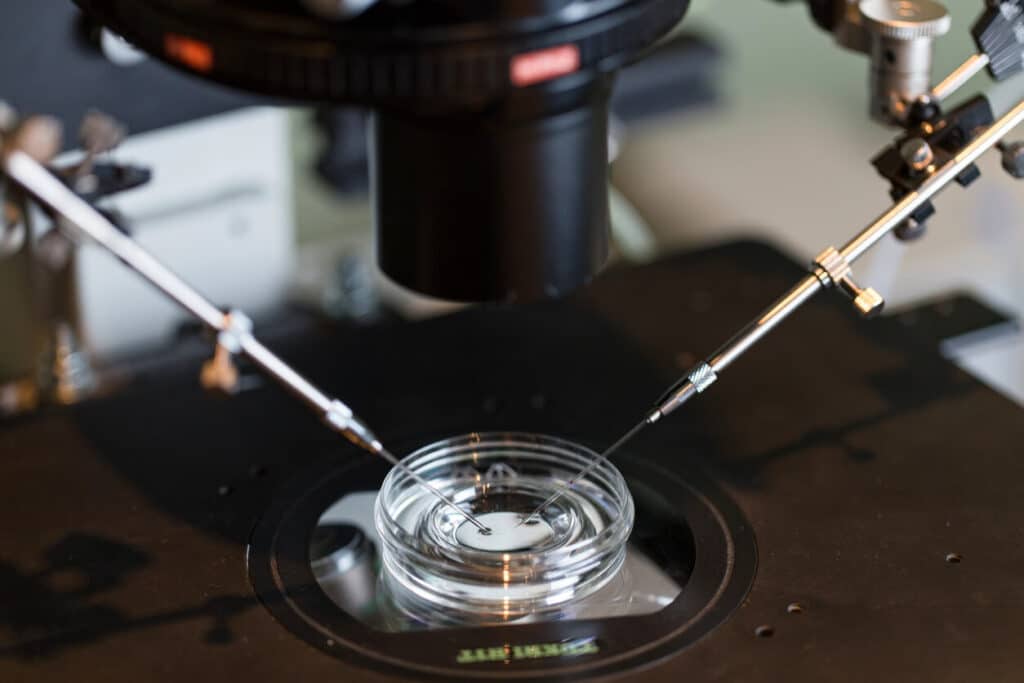We are no longer accepting new cases.
Weitz & Luxenberg has launched an investigation of a device that may spread cancer in some surgical patients.
Laparoscopic power morcellators, electric tools inserted into the abdomen to remove uterine fibroids and perform hysterectomies, appear to be spreading concealed sarcomas. A set of spinning blades used to cut tissue can accidentally stir up tumor cells, leading to an unexpected and devastating spread of cancerous material.
Use of laparoscopic power morcellators to remove uterine fibroids and perform hysterectomies appear to be spreading concealed sarcomas, including leiomyosarcoma, a very aggressive and deadly form of cancer, the U.S. Food and Drug Administration has recently warned. In some cases, use of laparoscopic power morcellators can also spread uterine and fibroid tissue to other abdominal organs, potentially causing infection or bowel obstruction, with additional surgeries required to remove these growths.
The FDA’s April 17 Safety Communication intended for doctors, hospitals, and women contemplating surgical options for symptomatic uterine fibroids, led the leading manufacturer of power morcellators to respond by halting sales of the devices.
This Safety Communication also prompted Weitz & Luxenberg to investigate potential litigation against that manufacturer —Johnson & Johnson.
Uterine Sarcoma Cancer Risk
Some major hospitals around the nation have placed a moratorium on further use of power morcellators until the FDA issues a decision pending the upcoming Advisory Committee meeting that will convene to evaluate the devices on July 10-11th.
The main feature of a power morcellator is its set of tubular cutting blades, which spin to parcel tissue into small pieces so that they can be removed via a small, minimally invasive incision, a major part of the device’s appeal. As the power morcellator cuts and spins tissue into small pieces to extract it through this small incision, cells can be spread throughout the abdomen, which can lead to a sudden diagnosis of advanced stage metastatic cancer if a fibroid contains cancerous tissues. Alternative surgical procedures can remove the whole fibroid or uterus intact, thus leaving any potential cancerous tissue self-contained and taken out of a woman without allowing for a tumor to lead to a diagnosis of cancer.
News sources say fibroids are encountered in well over a third of the hysterectomies performed in this country. Approximately a half-million American women undergo the procedure in any given year.
In most cases, those fibroids are not cancerous. However, the FDA estimates a woman’s risk of having a uterine sarcoma present is one in 350, and the risk of having a very aggressive form of uterine cancer, leiomyosarcoma, is 1 in 498.
Uterine sarcomas can be difficult to detect before surgery begins because imaging cannot reliably determine if a mass is cancerous or not, according to media reports and several articles recently featured in medical publications. The FDA has stated in its April 17 Safety Communication that there is “no reliable method for predicting whether a woman with fibroids may have a uterine sarcoma” and that it “discourages the use of laparoscopic power morcellation during hysterectomy or myomectomy for uterine fibroids.”
Power morcellators are among several less-invasive approaches to remove fibroids and perform hysterectomies. Nonsurgical approaches such as ultrasound and medications also are available. Morcellator bags, which contain the tissue during surgery, thus not allowing it or any undetected cancer to spread to the abdomen, are also available, and procedures that use them are called closed morcellation surgeries.
A study published in 2012 that examined 1091 uterine morcellation surgeries that took place from 2005-2010 at one hospital found the incidence of unexpected diagnosis of potentially precancerous or cancerous tissue to have occurred in 1.2% of all cases, with a 9-fold higher rate than predicted for a particularly deadly and aggressive cancer, leiomyosarcoma. All of the cases that had atypical or cancerous cells were found in women who had undergone electric power morcellation laparoscopic surgery as opposed to manual morcellation (when a surgeon manually cuts the tissue into small pieces), and of these women, 64.3% were found to have more advanced disease that was spread to the abdominal cavity. This spreading of previously contained cancerous tissue can result while the electric morcellator is spinning the tissue into small strips so that it can be extracted through the small laparoscopic incision, resulting in cancer that is diagnosed at an advanced metastatic stage, a problem known as “upstaging.” Another study published in 2013 that examined the adverse outcomes accompanying power morcellation found that undetected cancers that were discovered following power morcellation exhibited evidence of having been spread by “tissue chips” on pathologic examination, unlike cell progression typically characteristic of developing cancer.
Johnson & Johnson began selling power morcellators in 1998. They entered the market after acquiring a firm by the name of Fem Rx, according to the Wall Street Journal.
Following the acquisition, FemRx’s product —”Diva” —was offered through the Ethicon division of Johnson & Johnson. Ethicon continues to be responsible for the product today.
Johnson & Johnson now dominates the laparoscopic power morcellator segment of the surgical instruments market. According to WSJ sources, Johnson & Johnson’s market share approaches three-quarters of the total market share.
And, reports the WSJ, the remaining share of the laparoscopic power morcellator market is divided among several other firms. These include Karl Storz GmbH, Olympus Corp., and Richard Wolf GmbH.
Still in Use
In announcing its recent halt in morcellator sales, Johnson & Johnson said the action should not be interpreted as a permanent removal of the device, the New York Times reported.
The Times indicates that Johnson & Johnson’s sales suspension will continue in effect until the medical community develops a better understanding of power morcellation in fibroid and gynecological surgery.
Among the professional bodies that intend to probe the morcellator question as it relates to uterine sarcomas is the American College of Obstetricians and Gynecologists, the WSJ reports.
The paper also reports that the FDA is planning an Advisory Committee meeting this summer to explore the same question, which is to take place from July 10th to 11th from 8AM-6PM, and is open to the public.
The FDA has stated it will specifically consider several questions at this meeting, namely, the risks and benefits of power morcellators, their appropriate use, premarket testing, and labeling, and the use of containment bags during power morcellation that would possibly prevent any sarcomas or other tissue from being spread to the abdomen during surgery. The FDA will also consider if power morcellators should be re-classified as a more closely regulated Class III device, and finally, whether power morcellators should carry a boxed warning relaying an increased risk of cancer accompanying their use.
Johnson & Johnson power morcellator products affected by the halt in sales are “Gynecare Morcellex,” “Morcellex Sigma” and “Gynecare X-Tract.”


